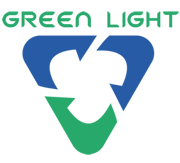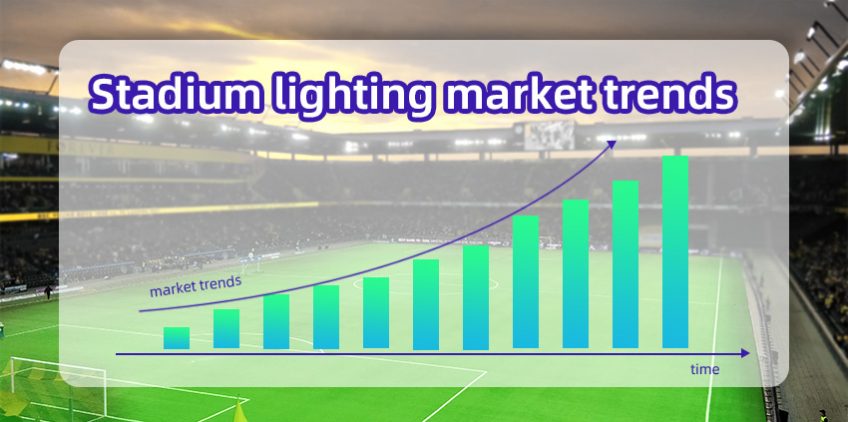
Stadium Lighting Market- the best cost saving solution company offer
The best cost saving led stadium light company offer led sport lights factory high mast lighting for sale
Background
The stadium lighting market is growing rapidly due to a shift from metal halide lamps to LED lights. Metal halide lamps have a short life span, lasting about 6,000 hours before burning out and requiring battery replacement. To overcome this problem, LED lights were introduced, which are shockproof and waterproof, with a longer battery life lasting around 100,000 hours. This shift from halide lights to LED lights is expected to drive the expansion of stadium lighting market scale. Therefore, enterprises need to focus on manufacturing all kinds of LED lights which are in great demand for the stadium lighting market.
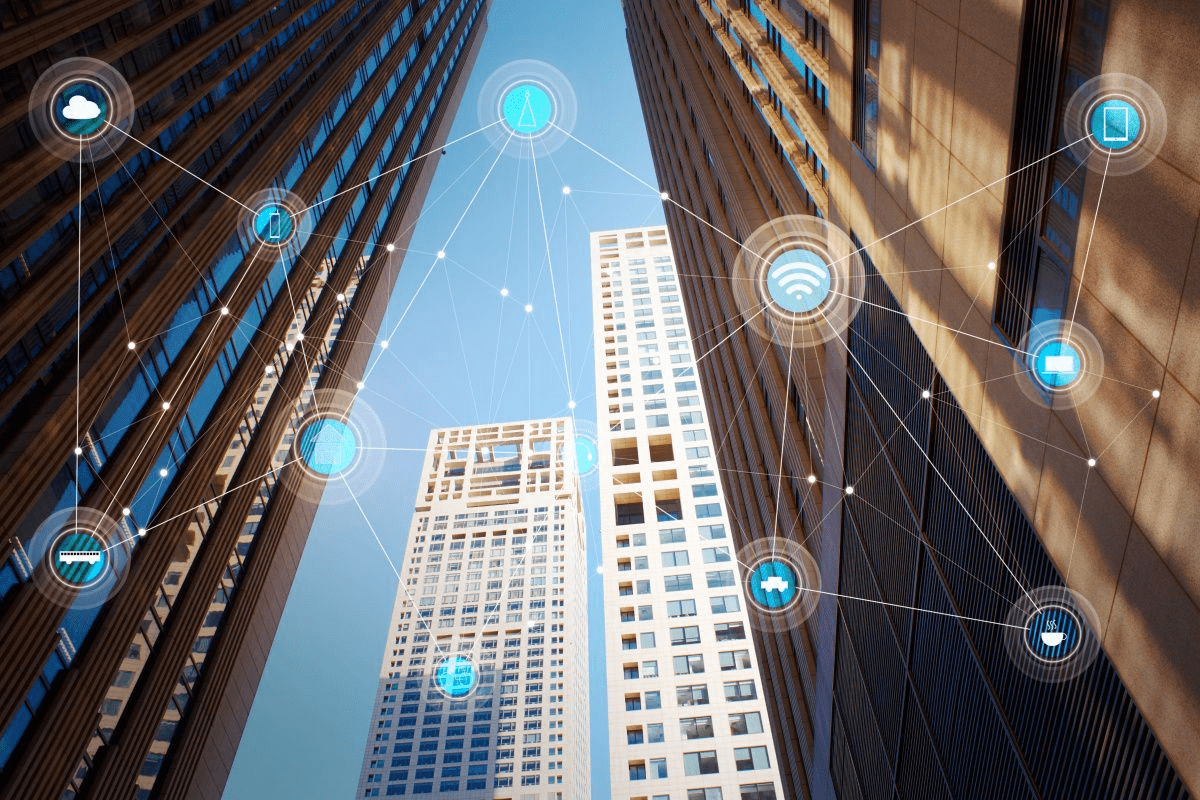
Stadium lighting market trends
Connected lighting in stadiums is driving market growth: Connected lighting involves activities such as connecting lighting, controls and sensors to local networks that can be monitored through dashboards. These can be accessed via a computer, phone or tablet. The implementation of connected lighting systems in stadiums is increasing, as connected lighting systems enable a range of dynamic lighting effects.
Introduce government regulations to increase demand for LED products: Due to growing environmental problems, the demand for LED lights for efficient lighting systems in sports venues is increasing. Governments have banned incandescent products to achieve energy efficiency and reduce carbon dioxide emissions. They also focus on implementing minimum standards for lighting product efficiency. Therefore, stakeholders in the stadium lighting market are encouraged to deploy LED lighting systems in accordance with government regulations to improve sustainability and save energy.
Growth is being held back by the high cost of metal halide lamps, which contain metals that evaporate into inert gas in a glass case. Metal halide lamps produce very high quality light, but these lamps have a longer warm-up period and a shorter life than LED lights.
Metal halide bulbs can explode in the event of a power outage, causing damage or injury, and these lamps are inefficient energy consumers. The lights need to run longer to warm up, which can lead to higher utility bills. Metal halide lamps are also more expensive to maintain than LED lamps. These aspects will to some extent hinder the growth of the stadium lighting market.
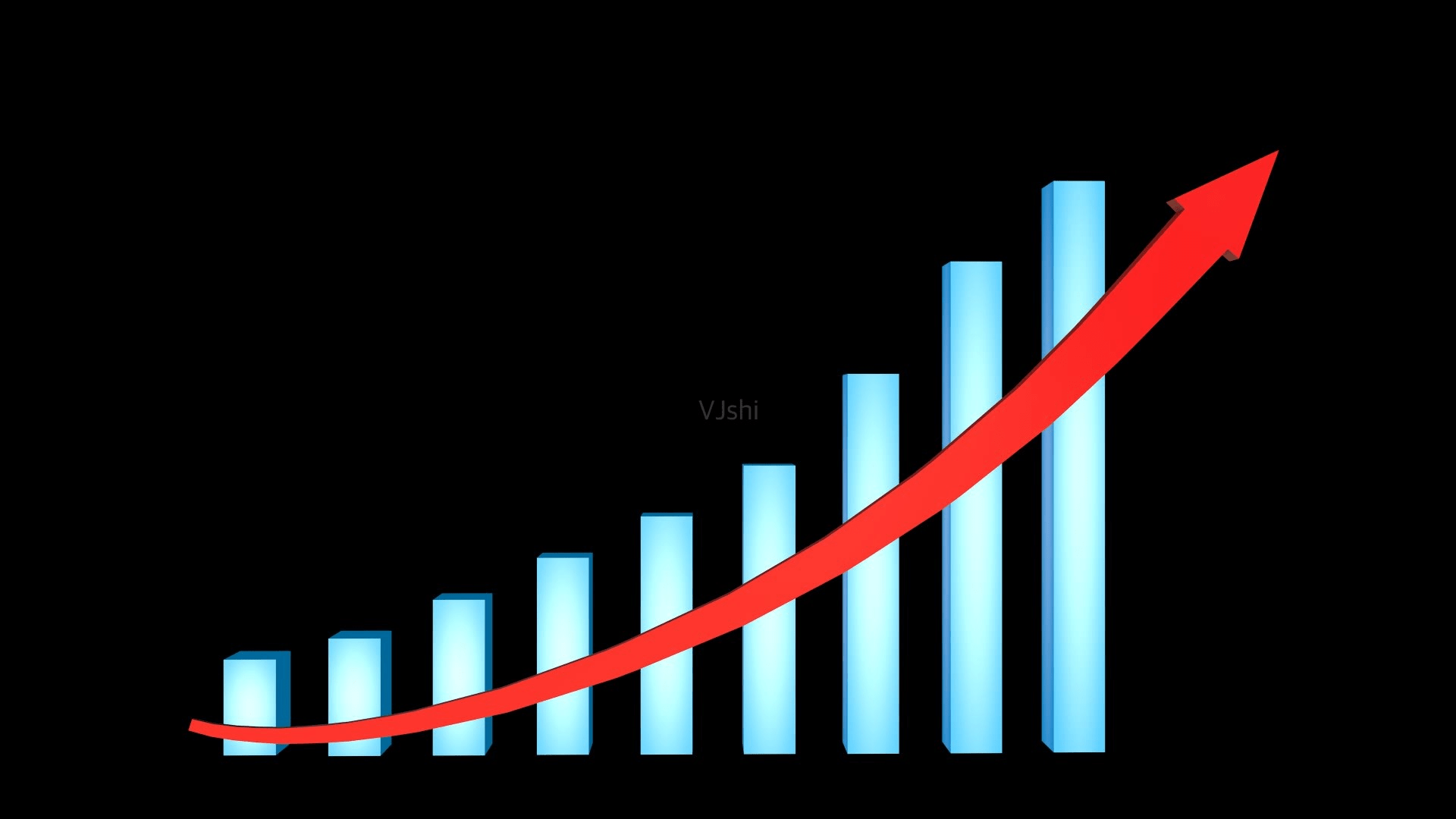
Stadium lighting market future
Due to the development of LED lighting technology, North America will occupy the largest market share of stadium lighting, stimulating the growth of stadium lighting market. In addition, the growing popularity of holding sporting events at stadiums in the United States will enable soccer, baseball and other stadiums to adopt stadium lighting.
In addition, rapid urbanization and economic development in South Asia and the Pacific are expected to be the reasons for the fastest growth in the stadium lighting market. Countries such as India, Indonesia, Singapore and Australia are rapidly adopting the LED lights to improve the appearance of HIGH-DEFINITION televisions, enhance performance in live matches and help improve clarity.
Stadium lighting competition pattern
Introducing new product innovations and strategic partnerships is a key strategy for the top players in the stadium lighting market to increase business revenues. Stadium lighting manufacturers focus on product/service innovation to increase their market share.
Key players in the stadium Lighting market include AIDS Holding (Philips), Douglas Lighting Controls (Panasonic), and Cooper Lighting Solutions (Eaton) Corporation), Cree Inc., Hubbell, LG Electronics, Bajaj Electricals Ltd., Zumtobel Group, General Electric,Mecree LED (Green) Light new energy), etc
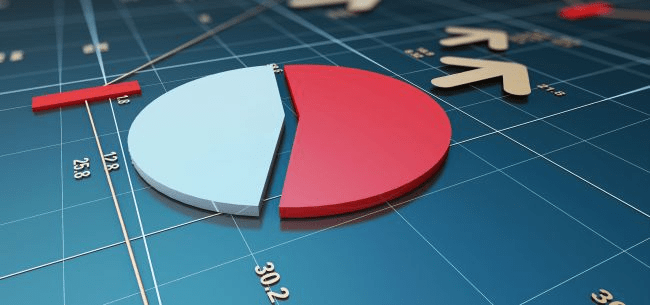
The impact of COVID-19 on stadium lighting market
Competitions and sporting events around the world that rely on live competition have been severely affected by the COVID-19 outbreak, with major international sporting events either cancelled or postponed indefinitely as governments declared nationwide lockdowns. Before the COVID-19 outbreak, the global sports industry was estimated to have grown by about 4.5% to 5% year-over-year and generated about $129 billion in revenue in 2019, according to Two Circles, a sports marketing agency. It is estimated that the sports industry will lose $61.6 billion in revenue in 2020 due to the COVID-19 pandemic.
In 2020, scheduling of COVID-19 outbreaks prior to the 48800 sports event. Of these, about 26,424 sporting events are expected to take place through the fourth quarter of 2020. As a result, the stadium lighting market will start to recover from the fourth quarter of 2020.
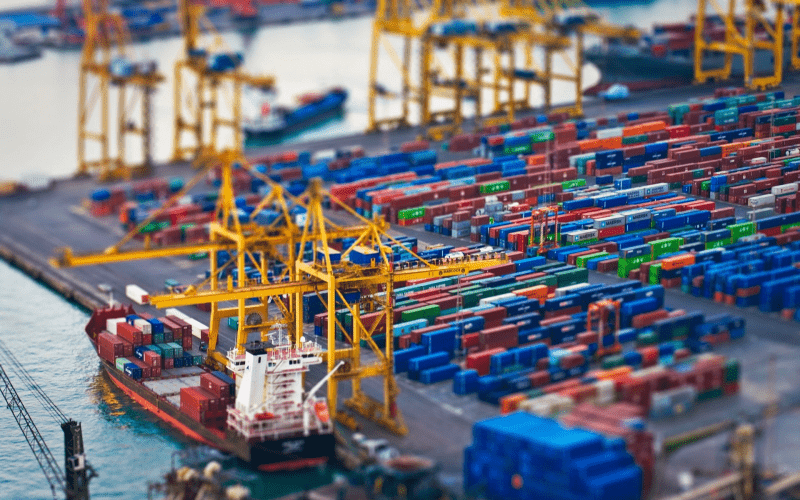
Analyst view
The stadium lighting market in North America is expected to dominate during the forecast period and will provide the most profitable opportunities for stakeholders in this sector. The global demand for LED lighting will increase over the next 10 years, which will further boost the market growth.
Conclusion
Our lighting solution will be your best choice. The packaging makes the whole place look natural and with our inexpensive LED lighting and free design services you can create the best stadium lighting even on a budget.
If you have more questions, please feel free to email us at [email protected]. Whether it is stadium or other large area lighting, we have a professional design team to provide you with the most cost-effective solution.
